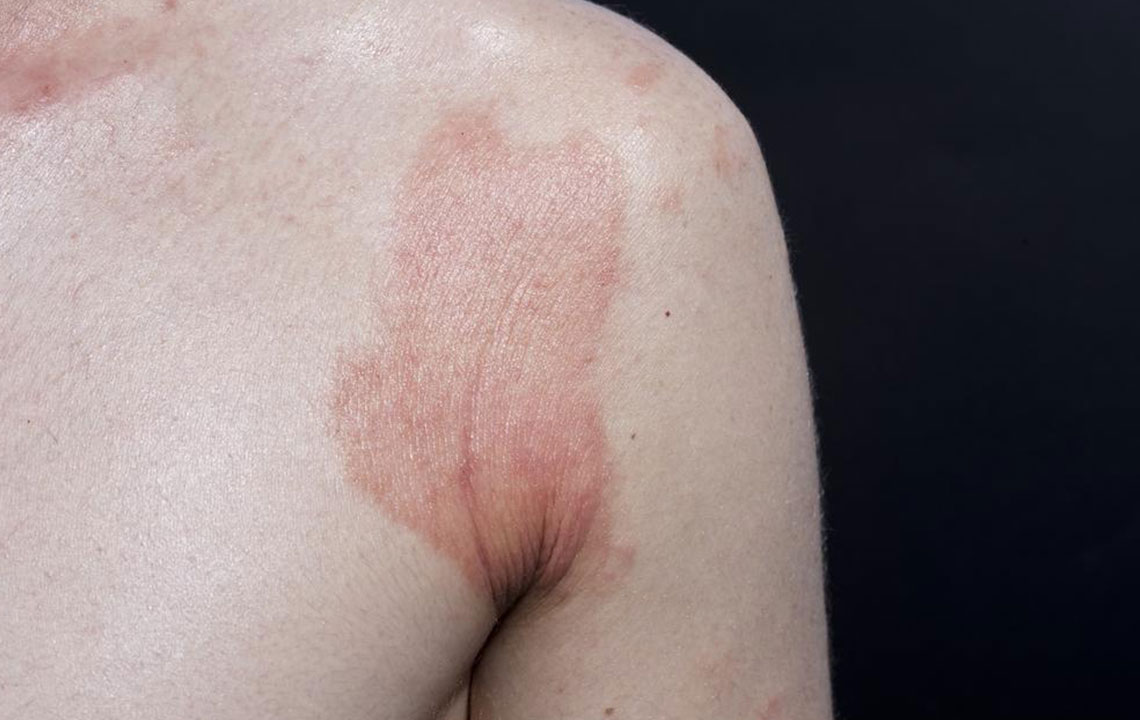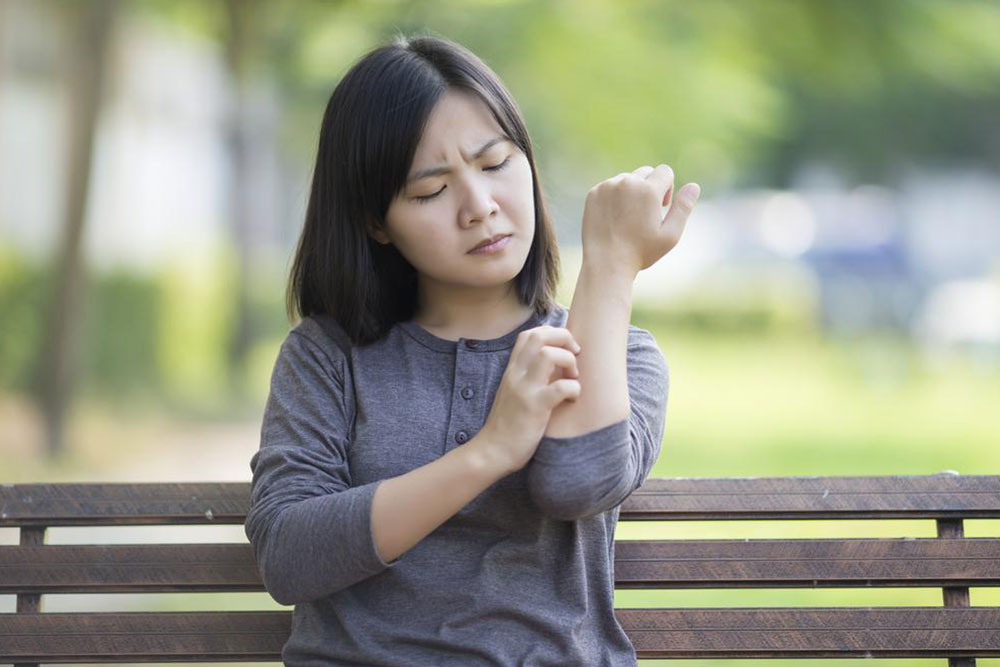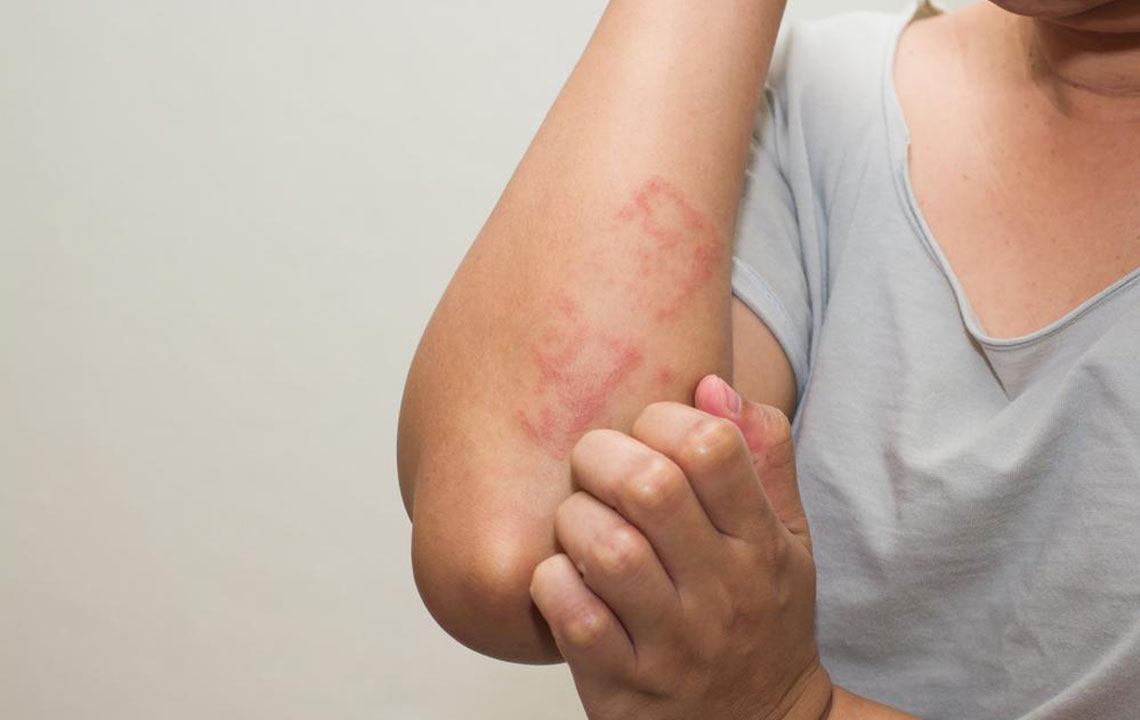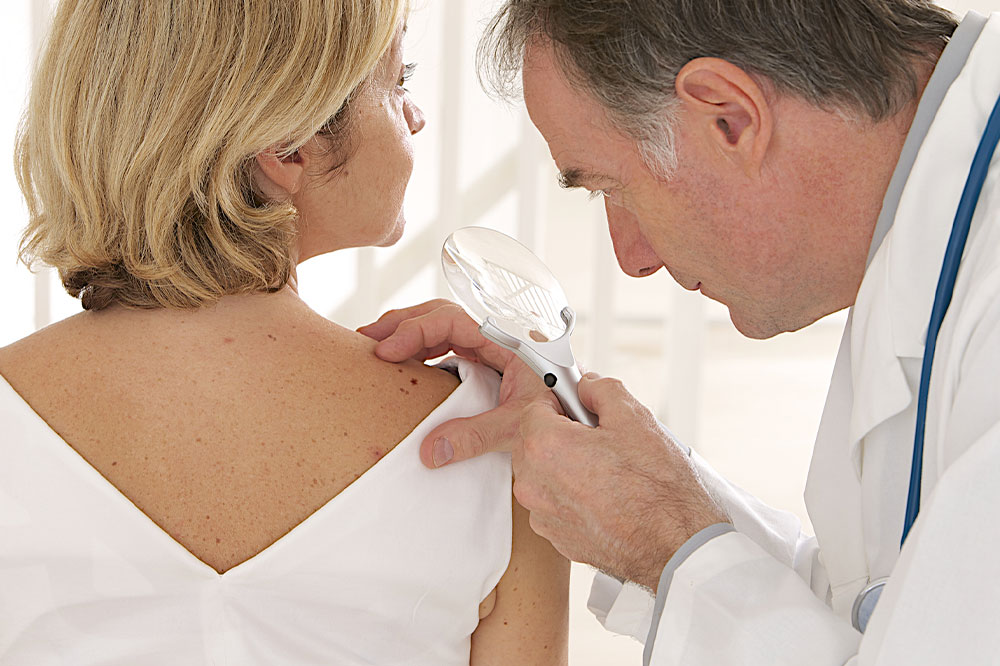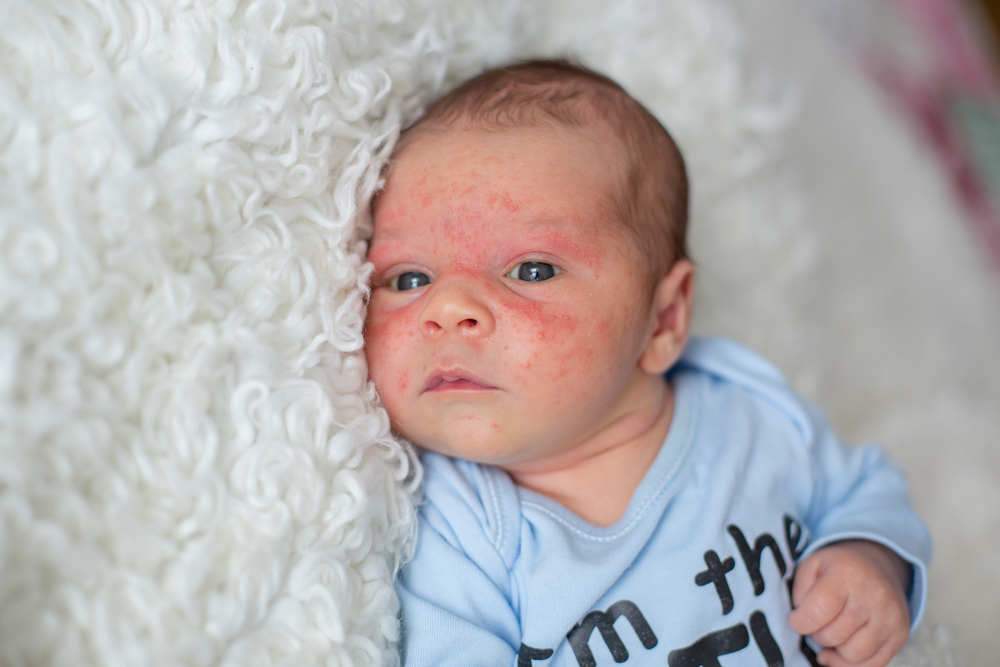Comprehensive Guide to Recognizing the Signs and Symptoms of Eczema
This comprehensive guide explores the key signs and symptoms of eczema, a common inflammatory skin condition affecting all ages. From initial itching and redness to chronic thickening and flare-ups, learn how to recognize the condition early. Timely diagnosis and treatment can alleviate discomfort and prevent complications, making awareness essential. The article provides detailed descriptions of affected areas, characteristic skin changes, and advises on seeking professional help for accurate diagnosis and management. Perfect for those seeking to understand eczema better and improve skin health through early intervention.
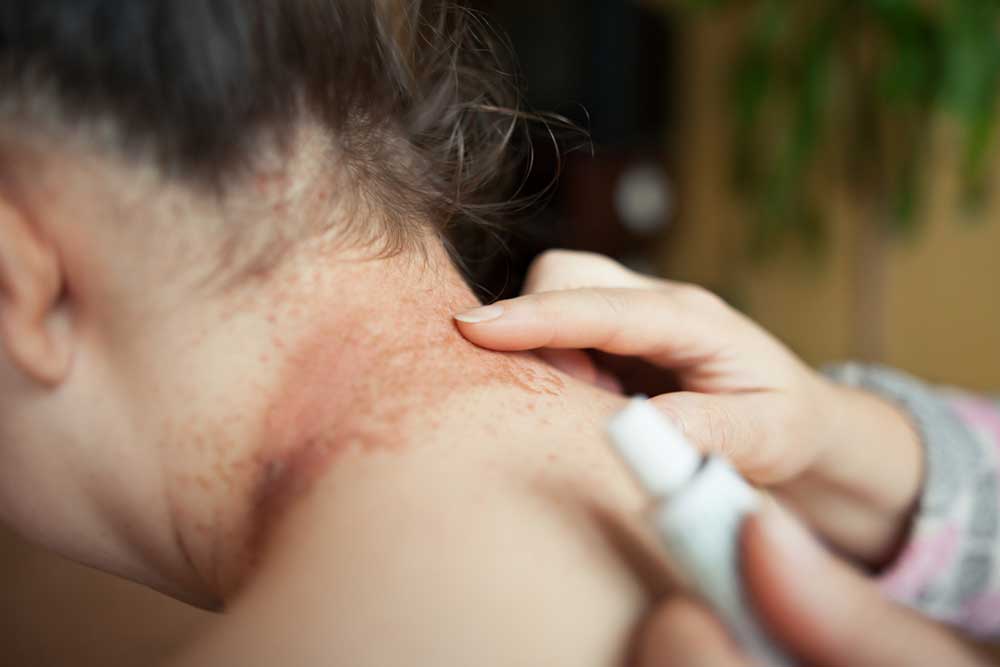
Comprehensive Guide to Recognizing the Signs and Symptoms of Eczema
Eczema is a common dermatological condition that encompasses various inflammatory skin disorders. It affects individuals across all age groups, with symptoms often manifesting in infancy before potentially persisting or recurring throughout life. Understanding the key indicators and symptoms of eczema is crucial for timely diagnosis and effective management, helping to reduce discomfort and prevent complications.
Recognizing the primary signs and symptoms of eczema is essential for prompt treatment. Typically, the initial symptom is an intense itching sensation, which can be severe enough to disturb sleep and daily activities. As the condition progresses, visible skin changes become apparent, including redness, swelling, and the formation of raised bumps of varying sizes.
The symptoms of eczema may also include a burning or stinging sensation, especially in sensitive areas such as the eyelids. Scratching the affected areas often causes the skin to ooze a clear fluid, and in chronic cases, the skin may become thickened, scaly, and leathery. One of the distinctive forms of eczema, called nummular eczema, presents as round, coin-shaped patches which can sometimes be mistaken for fungal infections, making accurate diagnosis essential.
Over time, repeated scratching and inflammation can lead to skin cracking, which is often painful and vulnerable to infection. Common areas affected in adults and older children include the neck, inner elbows, behind the knees, and often the hands and wrists. In infants and very young children, eczema frequently appears on the face and torso, with possible spread to the knees and elbows as they crawl and explore. Interestingly, the diaper region is less commonly affected, but rash outbreaks can sometimes occur in this area.
Among the hallmark signs are red, inflamed bumps filled with fluid, especially on the sides of the fingers. Scratching can cause these bumps to rupture and ooze, further wetting the skin and exacerbating irritation. Less commonly affected areas include the scalp and outer ear, although behind-the-ear rashes and inflammation are sometimes observed. Eyelid involvement can lead to swelling and redness, often causing discomfort and visual disturbances.
In cases where rash appears on the palms or soles, other dermatological issues such as fungal infections or contact dermatitis should be considered. Due to the similarity of symptoms with other skin diseases, it is crucial to seek medical evaluation promptly. Healthcare professionals typically diagnose eczema through a combination of physical examination and detailed patient history, with potential skin sampling or allergy testing to confirm the diagnosis and tailor treatment effectively.
Understanding eczema’s key signs and symptoms is vital for effective management and relief. If you or your loved ones notice persistent skin irritation, itching, or rash, consult a healthcare provider for proper diagnosis and personalized treatment options. Early intervention can significantly improve skin health and quality of life for eczema sufferers.
